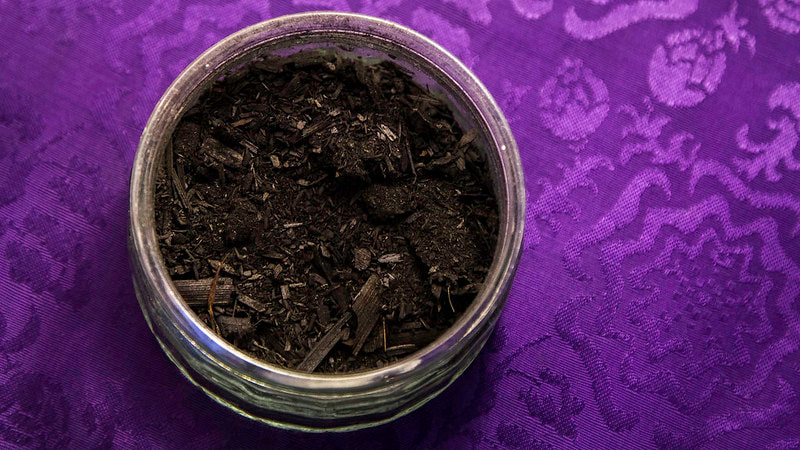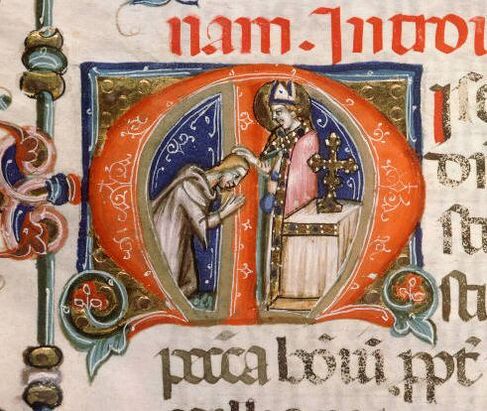|
The solemn announcement, spoken of by the prophet, has been proclaimed in Sion: the solemn fast of Lent, the season of expiation, the approach of the great anniversaries of our Redemption. Let us, then, rouse ourselves, and prepare for the spiritual combat. But in this battling of the spirit against the flesh we need good armor. Our holy mother the Church knows how much we need it; and therefore does she summon us to enter into the house of God, that she may arm us for the holy contest ... We are entering today upon a long campaign of warfare spoken of by the apostles: forty days of battle, forty days of penance. We shall not turn cowards, if our souls can but be impressed with the conviction that the battle and the penance must be gone through. Let us listen to the eloquence of the solemn rite which opens our Lent. Let us go whither our mother leads us, that is, to the scene of the fall. The enemies we have to fight with are of two kinds: internal and external. The first are our passions; the second are the devils. Both were brought on us by pride, and man’s pride began when he refused to obey his God. God forgave him his sin, but He punished him. The punishment was death, and this was the form of the divine sentence: Thou art dust, and into dust thou shalt return. Oh that we had remembered this! The recollection of what we are and what we are to be would have checked that haughty rebellion which has so often led us to break the law of God. And if, for the time to come, we would persevere in loyalty to Him, we must humble ourselves, accept the sentence, and look on this present life as a path to the grave. The path may be long or short; but to the tomb it must lead us.
This was the motive the Church had in enriching her liturgy with the solemn rite at which we are to assist this morning. When upwards of a thousand years ago she decreed the anticipation of the lenten fast by the last four days of Quinquagesima week, she instituted this impressive ceremony of signing the forehead of her children with ashes, while saying to them those awful words wherewith God sentenced us to death: Remember, O man, that thou art dust, and into dust thou shalt return! But making use of ashes as a symbol of humiliation and penance is of a much earlier date than the institution we allude to. We find frequent mention of it in the Old Testament. Job, though a Gentile, sprinkled his flesh with ashes, that thus humbled, he might propitiate the divine mercy: and this was two thousand years before the coming of our Savior. The royal prophet tells us of himself, that he mingled ashes with his bread, because of the divine anger and indignation. Many such examples are to be met with in the sacred Scriptures; but so obvious is the analogy between the sinner who thus signifies his grief, and the object whereby he signifies it, that we read such instances without surprise. When fallen man would humble himself before the divine justice, which has sentenced his body to return to dust, how could he more aptly express his contrite acceptance of the sentence, than by sprinkling himself, or his food, with ashes, which is the dust of wood consumed by fire? This earnest acknowledgement of his being himself but dust and ashes is an act of humility, and humility ever gives him confidence in that God who resists the proud and pardons the humble. Dom Prosper Gueranger on Ash Wednesday The Tract of Ash Wednesday is a prayer which the Church repeats thrice during each week of Lent, and which She always uses in times of public calamity, in order to appease the anger of God.
Comments are closed.
|
Categories
All
Archives
March 2024
|
Marian Sisters of Santa Rosa




 RSS Feed
RSS Feed
